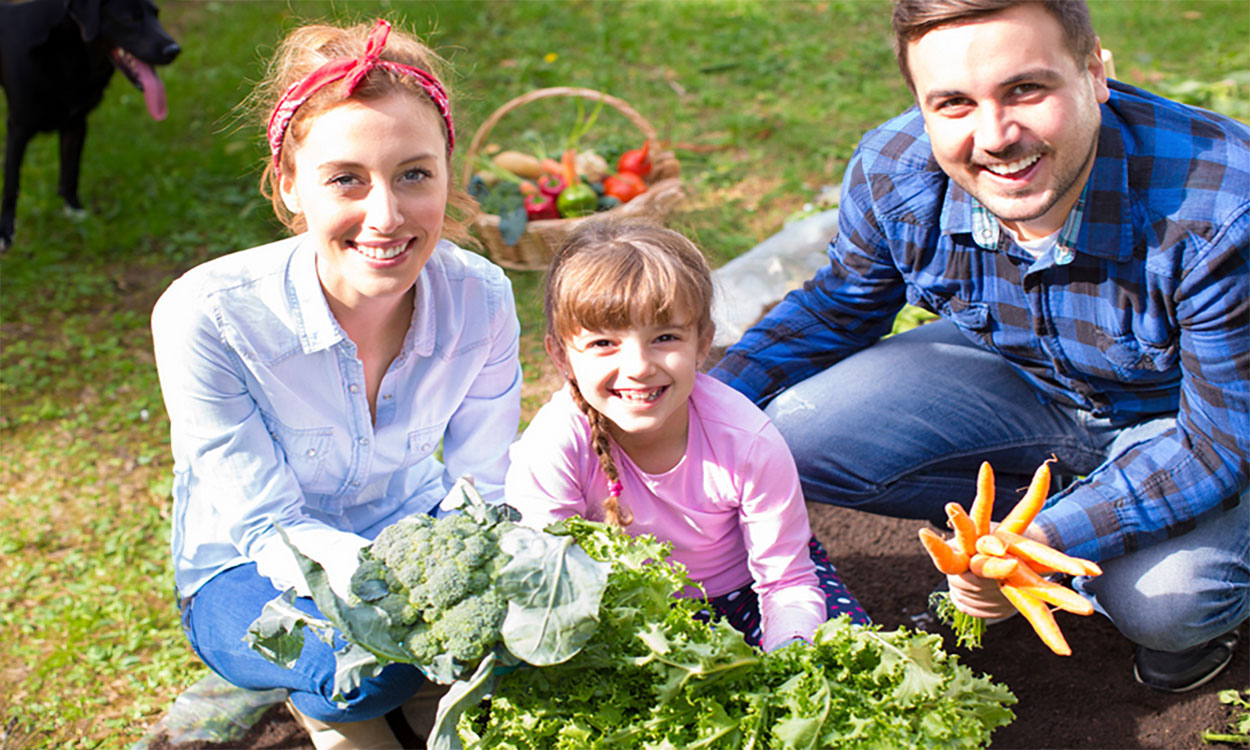Originally written by Kimberly Cripps , former SDSU Extension Family & Community Health Field Specialist, with contributions by Megan Erickson, former SDSU Extension Nutrition Field Specialist, and Hope Kleine, former SDSU Extension Health Education Field Specialist.
Pick it!
- Should be firm, compact, heavy with even bright green color, no black bruises or purple tint.
- Small artichokes: best pickled, stewed, in casseroles; medium artichokes: good for salads; large artichokes: stuffing.
- Storage: cut off bottom of stem, sprinkle with water, in airtight bag 5-7 days.
Try it!
- Use boiled, steamed, microwaved or sautéed – on own or in other dishes.
- Rinse well and trim stem even with the base of bud; remove tough leaves.
- Cook upright at a strong boil in 2-3 inches water in large covered saucepan 35-45 minutes.
- Eat by removing the leaves, starting at the outside, and use teeth to remove flesh from leaves.
- Inside the leaves is the fuzzy choke – remove and discard it.
Like it! Artichoke and Spinach Lasagna
Ingredients
- 9 lasagna noodles
- 1 onion, chopped
- 1 tsp garlic powder
- 14.5 oz. vegetable broth
- 1 tsp dried rosemary
- 10 oz frozen chopped spinach, thaw, drain, squeeze dry
- 28 oz tomato pasta sauce
- 3 C shredded cheese
- 14 oz artichoke hearts, drained, chopped
Directions
- Heat oven 350 degrees F. Spray baking dish.
- Boil 6 quarts water. Add noodles, cook 8 minutes, drain.
- Heat skillet on medium; add onion; cook 3 minutes.
- Add broth and herbs. Bring to boil.
- Add vegetables; reduce heat, simmer 5 minutes.
- Add sauce.
- Spread 1/4 mix in baking dish; top with 3 cooked noodles. Add 1 C cheese. Repeat twice.
- Cover, bake 40 minutes.
- Uncover, bake 15 minutes.
Yield: 9 servings
Nutrition Facts per Serving: Calories 250; Fat 6g; Cholesterol 20mg; Sodium 870mg; Carbohydrates 33g; Fiber 2g; Sugars 4g; Protein 18g
Source: SCI Community Forums
Program Materials
Colorful fact sheets, recipe cards and educational videos provide educators and families with fun, engaging tools to enhance any dietary curriculum in a variety of settings.
Quick resources are available in the fact sheets below. Download the zipped folder to use the lesson plan, sampling instructions, recipes and display materials in your educational program.


